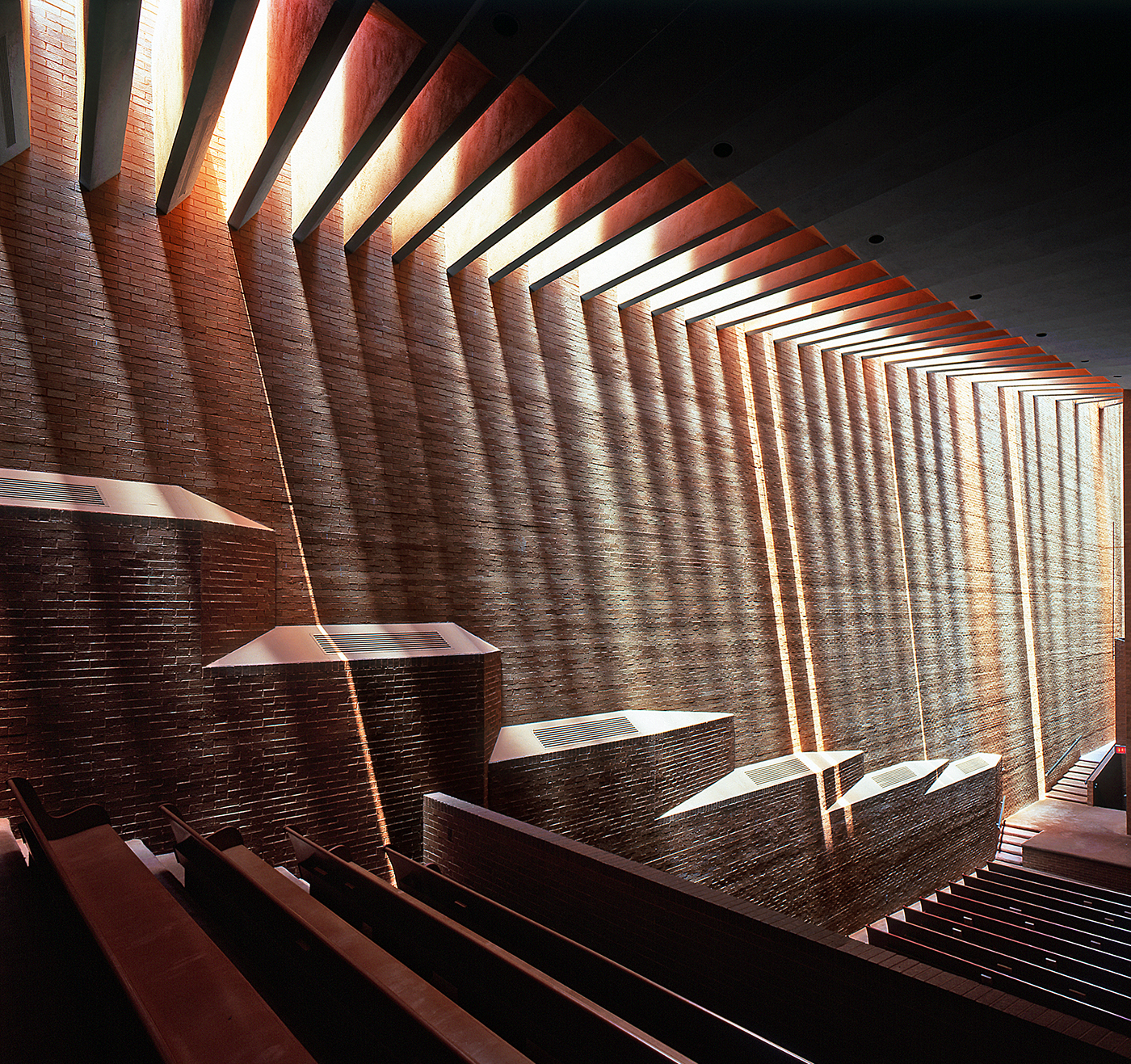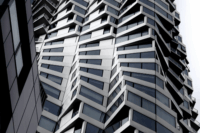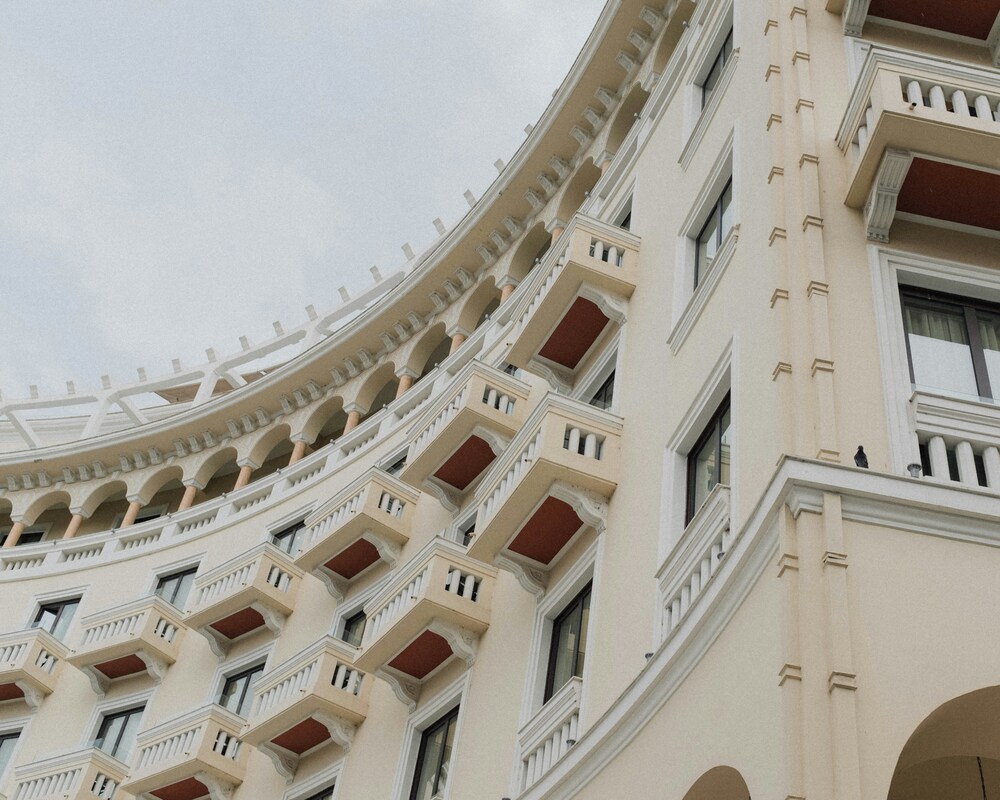- Home
- Articles
- Architectural Portfolio
- Architectral Presentation
- Inspirational Stories
- Architecture News
- Visualization
- BIM Industry
- Facade Design
- Parametric Design
- Career
- Landscape Architecture
- Construction
- Artificial Intelligence
- Sketching
- Design Softwares
- Diagrams
- Writing
- Architectural Tips
- Sustainability
- Courses
- Concept
- Technology
- History & Heritage
- Future of Architecture
- Guides & How-To
- Art & Culture
- Projects
- Interior Design
- Competitions
- Jobs
- Store
- Tools
- More
- Home
- Articles
- Architectural Portfolio
- Architectral Presentation
- Inspirational Stories
- Architecture News
- Visualization
- BIM Industry
- Facade Design
- Parametric Design
- Career
- Landscape Architecture
- Construction
- Artificial Intelligence
- Sketching
- Design Softwares
- Diagrams
- Writing
- Architectural Tips
- Sustainability
- Courses
- Concept
- Technology
- History & Heritage
- Future of Architecture
- Guides & How-To
- Art & Culture
- Projects
- Interior Design
- Competitions
- Jobs
- Store
- Tools
- More

Space has a profound impact on our lives, influencing our emotions, thoughts, and behaviors in ways that we may not even be aware of. Our surroundings can shape our mood, productivity, and even our sense of self. Understanding the psychology of space can help us design spaces that support our well-being and enhance our quality of life. The psychology of space plays a crucial role in our well-being and quality of life. By understanding the impact of color, lighting, layout, texture, and personalization on our emotions, thoughts, and behaviors, we can design spaces that support our needs and enhance our experiences. By creating spaces that are tailored to our individual needs, we can cultivate a sense of connection, meaning, and purpose in our daily lives.
- The Power of Color
Color has a significant impact on our mood and behavior. Different colors can evoke different emotions, such as blue which is calming and red which is energizing. Using color strategically can help create a specific atmosphere in a space. For example, using cool colors like blues and greens in a bedroom can create a relaxing and peaceful environment, while warm colors like yellows and oranges in a living room can create a more energizing and social atmosphere.
Color is another crucial element in architectural design. Color can affect our mood, emotions, and behavior in a space. Here are some examples of the impact of different colors:
- Blue is calming and soothing, and is often used in bedrooms and bathrooms to create a sense of relaxation and serenity.
- Red is energizing and stimulating, and is often used in social spaces like living rooms or dining areas to promote conversation and interaction.
- Yellow is cheerful and optimistic, and is often used in kitchens and dining areas to promote appetite and positive energy.
- Green is calming and refreshing, and is often used in spaces that promote wellness and relaxation, such as yoga studios or meditation rooms.
Color can also be used to create contrast or highlight specific features in a space. For example, a bold accent wall can draw attention to a specific area or feature, while a monochromatic color scheme can create a cohesive and sophisticated atmosphere.

- The Importance of Lighting
Lighting can also affect our mood and behavior. Natural light has been shown to improve mood, productivity, and overall well-being. On the other hand, harsh fluorescent lighting can cause eyestrain and fatigue. Lighting can also be used to create a specific atmosphere in a space. For example, dim lighting can create a cozy and intimate setting, while bright lighting can create a lively and social atmosphere.
- The Impact of Layout
The layout of a space can influence how we move and interact within it. An open layout can encourage socialization and collaboration, while a closed layout can provide privacy and solitude. The arrangement of furniture can also affect the flow of a space, with the placement of furniture impacting how people move through and use a room.
- The Role of Texture
Texture can affect our sensory experience of a space. Rough textures can create a sense of warmth and coziness, while smooth textures can create a sleek and modern atmosphere. The tactile experience of a space can also impact our emotional state, with soft textures like plush rugs and pillows promoting relaxation and comfort.
The texture of a space refers to the way that the surfaces in the space feel, or the visual appearance of their texture. Texture can be rough or smooth, soft or hard, and can be found in a variety of materials such as wood, stone, metal, fabric, and more. In this context, bedroom furniture sets from Amish Furniture Factory provide a tactile quality that contributes to a room’s aesthetic and emotional tone. Texture can have a significant impact on the ambiance and atmosphere of a space. For example:
- A rough texture can create a sense of warmth and coziness, such as a rough-hewn wooden ceiling or a brick fireplace.
- A smooth texture can create a sense of sleekness and sophistication, such as polished concrete floors or smooth metal accents.
- Soft textures can promote relaxation and comfort, such as plush rugs or pillows, and can also create a sense of intimacy and coziness.
- Hard textures can create a sense of strength and durability, such as exposed concrete walls or metal structural elements.

- The Significance of Personalization
Personalizing a space can create a sense of ownership and attachment, which can enhance our well-being. Adding personal touches like photographs, artwork, and sentimental objects can create a sense of belonging and connection to a space. Customizing a space to meet our individual needs and preferences can also promote a sense of autonomy and control, which can be empowering.

Submit your architectural projects
Follow these steps for submission your project. Submission FormLatest Posts
Top 8 Luxury Vacation Rentals Features Guests Love Most
A luxury vacation rental offers an entirely different experience than a typical...
Why Local Expertise Matters: Choosing the Right Plumbers in Townsville
Why Local Expertise Matters: Choosing the Right Plumbers in Townsville When it...
Bathroom Remodel ROI: How to Add $15–30K to Your Home Value in 2025-2026
Outdated bathrooms can drag a listing 20-30% longer on the market. Buyers...
The Key Factors to Review When Comparing Fiber Providers in Minneapolis
Looking for a fiber provider in Minneapolis can feel surprisingly overwhelming. The...












Leave a comment